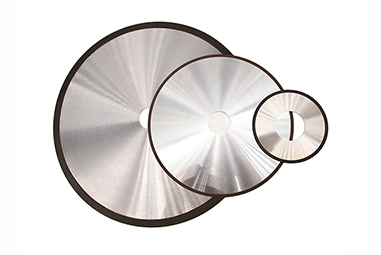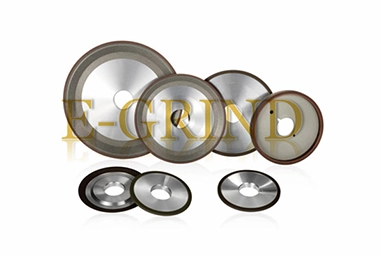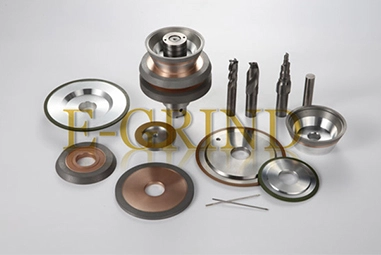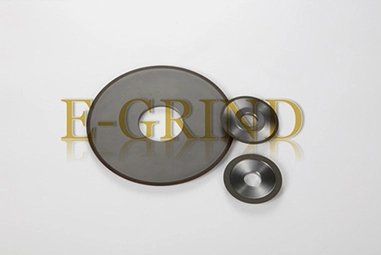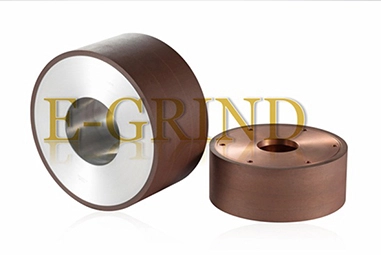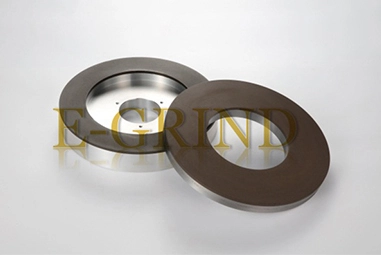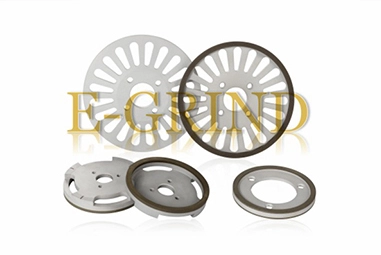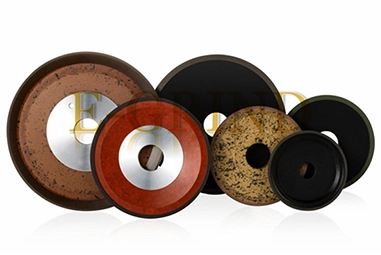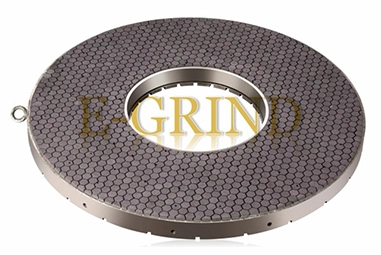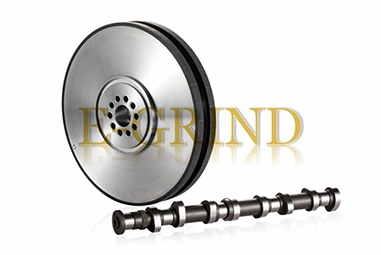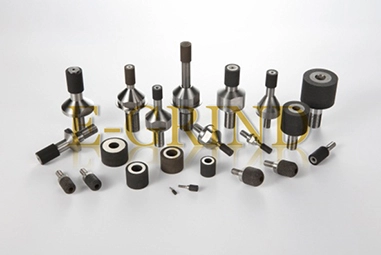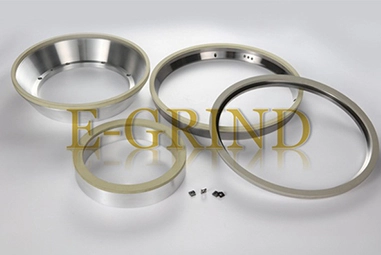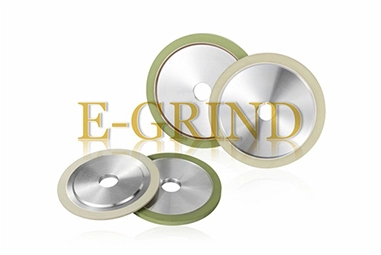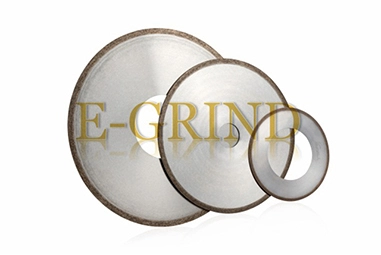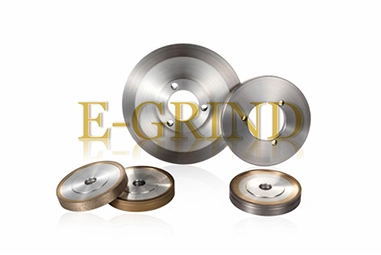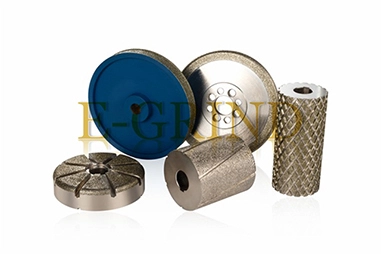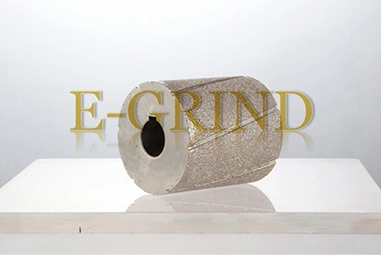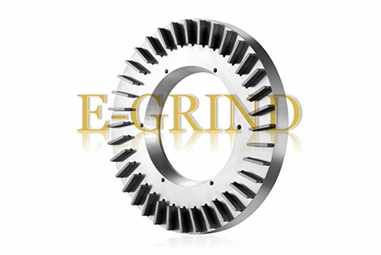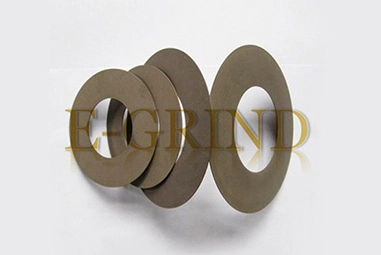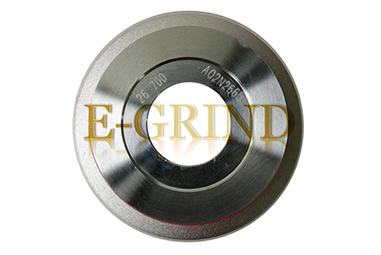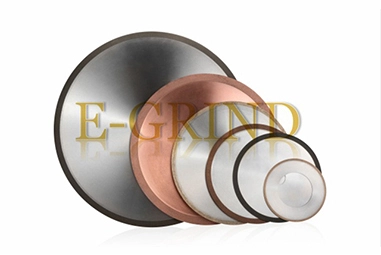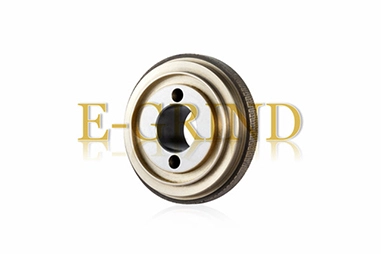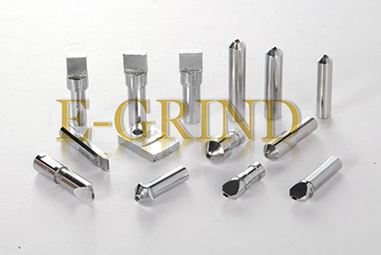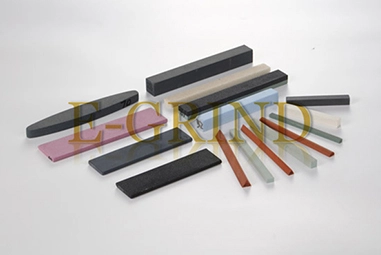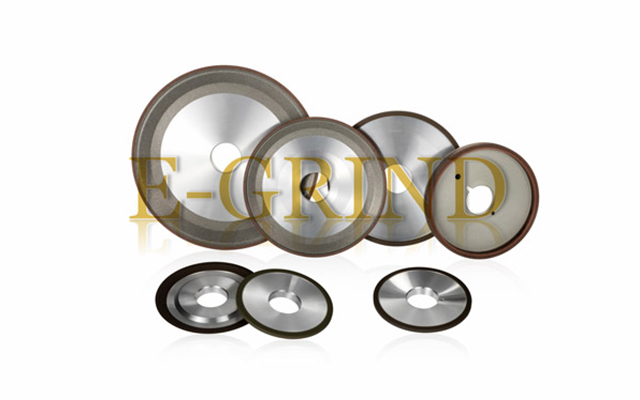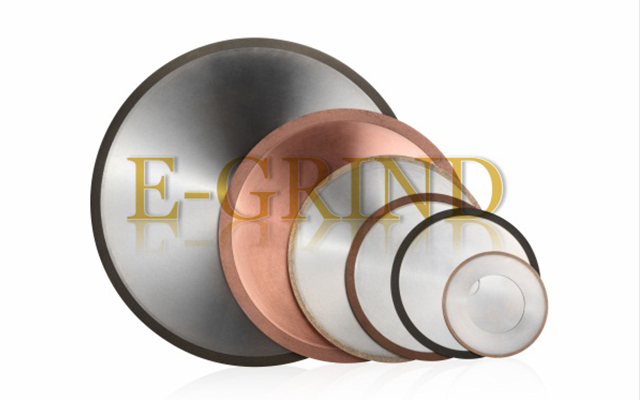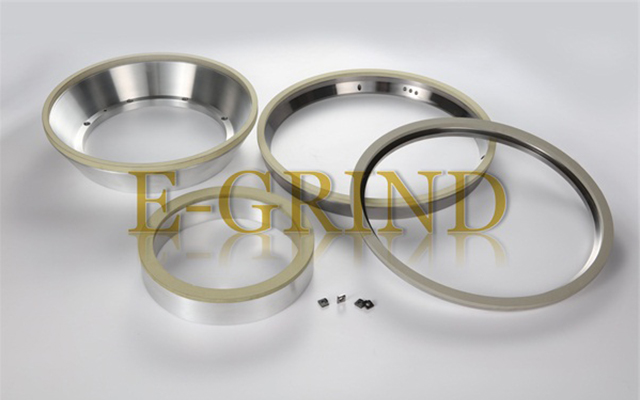Surface grinding is mainly used for grinding planes and grooves on surface grinders. There are two kinds of surface grinding: the grinding process with grinding wheel OD face is called peripheral grinding, generally on horizontal shaft surface grinder. When using a form grinding wheel can also process various shaped surfaces; The grinding process with the wheel end face is called end face grinding, generally on a vertical shaft surface grinder.
The surface grinding can get very good flatness, parallelism, and roughness. If there are mistakes in the selection of grinding method, grinding wheel, and grinding allowance, the processing quality will drop sharply, and even waste products will appear. The appearance of surface ripples will greatly affect the surface roughness and aesthetic degree of the workpiece. Therefore, how to prevent and eliminate surface scratches is very important when grinding the workpiece. Employing a diamond grinding wheel dresser is an efficient strategy in ensuring optimal results and maintaining the integrity of the workpiece's surface finish.
The surface ripples types:
1. Equidistant straight-line ripples
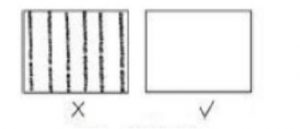
The straight line ripples with equal distance distribution on the surface of the workpiece during surface grinding show that there is forced vibration, and the vibration source mainly comes from the unbalance of the grinding wheel or motor. We need to check the principal axis balance and the clamping with a grinding wheel.
When the resin bond wheel loses its cutting ability, it's difficult to remove material freely. The grinding wheel will push the workpiece surface but not cut it. It will also get such ripples. We need to re-dress the wheel until feels coarse and grainy by the finger.
2. Single ripples
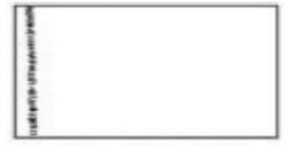
In surface grinding, if there is a single ripple on both sides of the workpiece or on one side, it means that impact occurs when the worktable changes direction, which makes the column of the grinder shake. When the worktable is moved backward, the workpiece enters grinding again. At this time, the column is shaking, so there is a single ripple defect on both sides or one side of the workpiece. Therefore, the position of reversing block should be adjusted to make it appropriate, and the screw of reversing throttle valve should be adjusted to reduce the reversing impact of the worktable.
3. Rhombic ripples
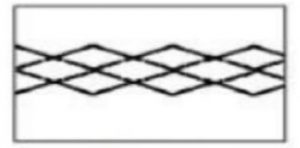
When grinding the surface, if a rhombic ripple appears, it means that the grinding wheel and the workpiece have vibrations. Because the ratio of the number of revolutions per minute of the grinding wheel to the number of strokes per minute of the worktable is not an integer in most cases, the diamond-shaped ripple is more likely to appear than the equidistant straight ripple. Therefore, the rigidity of metal bond grinding wheels should be increased and the vertical feed rate should be appropriately reduced.
4. Scratches
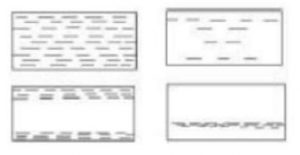
During surface grinding, the surface of the workpiece may be left with abrasive debris, or the debris and sand particles falling from the cover of the vitrified bond grinding wheel fall into the workpiece and move together with the grinding wheel, resulting in scuffing and scratching. The surface scratch can be prevented by improving the coolant nozzle and cleaning the wheel cover frequently.
Other things to pay attention to during surface grinding
To effectively prevent scuffing, reverse grinding is not suitable for plane creep feed finish grinding. When reverse grinding is employed, the grinding fluid has difficulty entering the grinding area, leading to detached abrasive particles scratching the machined surface. Therefore, smooth grinding should be adopted during fine grinding to ensure good cooling conditions and allow the grinding fluid to flow smoothly into the grinding area.
When the abrasive particles fall off, they will only fall on the machined surface and be washed away by the grinding fluid The machined surface will be scratched and a lower surface roughness will be obtained.
Additionally, to ensure that the grinding fluid enters the grinding area without diversion and prevents the workpiece from overheating, a guide plate should be installed near the end of the workpiece that is prone to burning. During forward grinding, sufficient grinding fluid is present in the grinding area at the beginning because the surface being machined guides the flow. However, when grinding reaches the end of the workpiece, the fluid begins to flow away, which can result in burns and scuffing due to insufficient fluid in the grinding area.
Therefore, the guide plate should be installed at the end of the workpiece during forward grinding. When reverse grinding, the guide plate should be installed at the beginning of the workpiece to prevent the workpiece from burning and scuffing. For those seeking effective solutions, collaborating with reputable CBN grinding wheel suppliers can provide high-quality products that enhance grinding performance.


